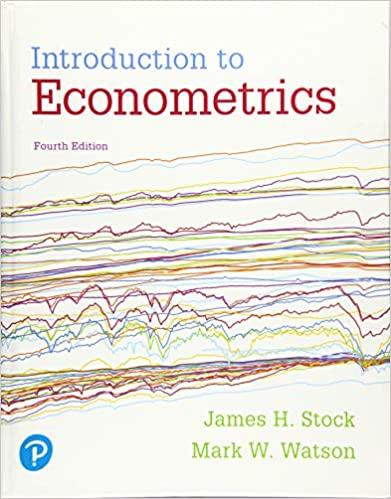A new law will increase minimum wages in City A next year but not in City B,
Question:
A new law will increase minimum wages in City A next year but not in City B, a city much like City A. You collect employment data from a random selected sample of restaurants in cities A and B this year, and you plan to return and collect data at restaurants next year. Let \(Y_{i t}\) denote the employment level at restaurant \(i\) in year \(t\).
a. Suppose you design your analysis so you sample the same restaurants this year and next year. Explain how you will use the data to estimate the average causal effect of the minimum wage increase on restaurant employment.
b. Suppose you design your analysis so you sample different, independently selected restaurants this year and next year. Explain how you will use the data to estimate the average causal effect of the minimum wage increase on restaurant employment.
c. Which sampling design, using the same restaurants in (a) or using different restaurants in (b), is likely to yield a more precise estimate of the average causal effect?
Step by Step Answer:






